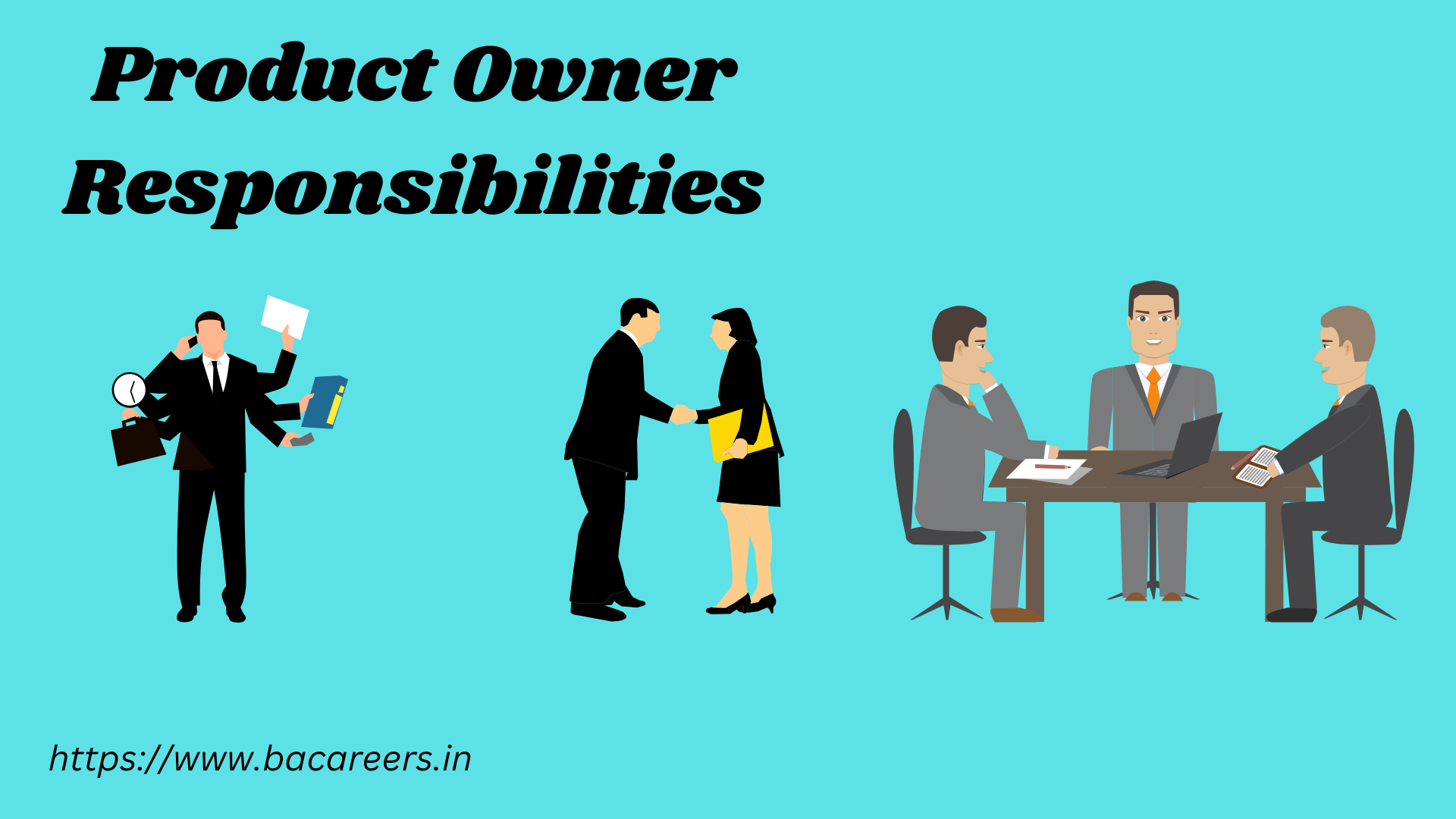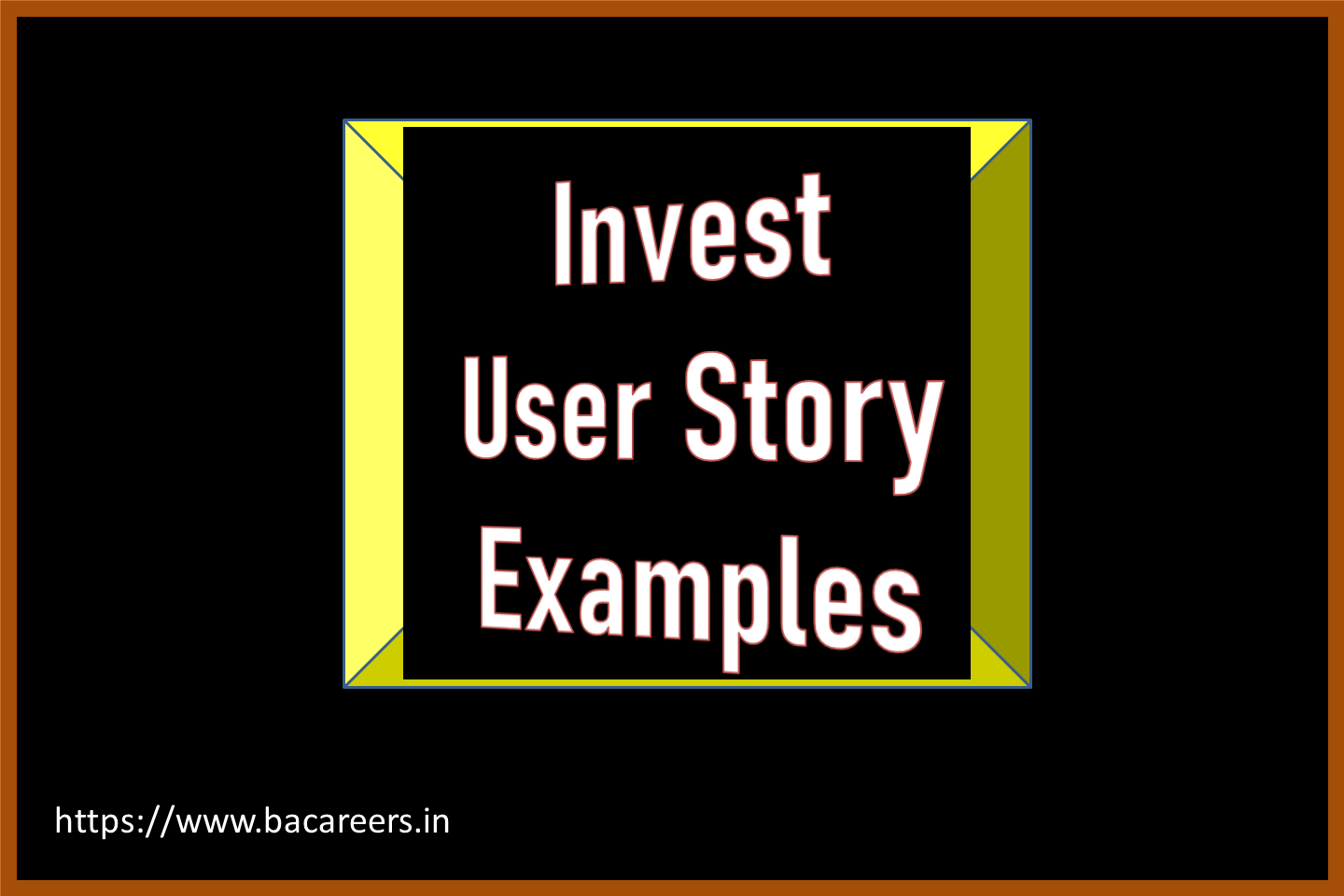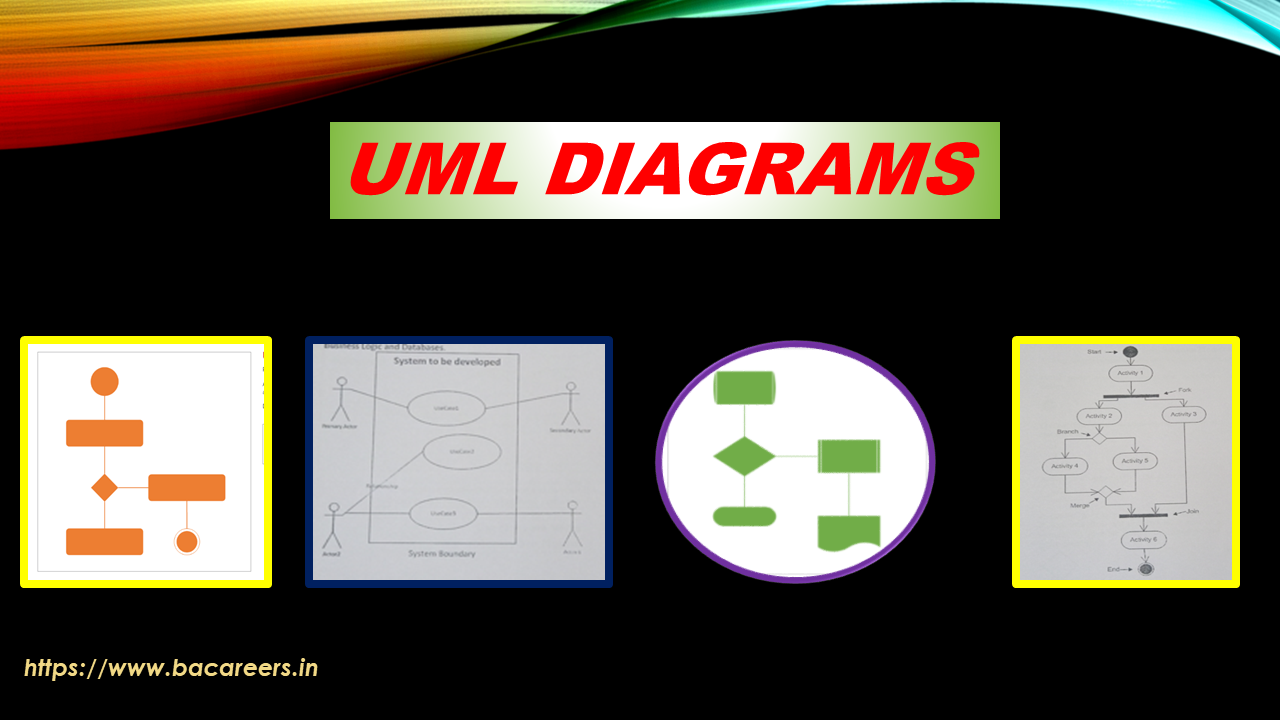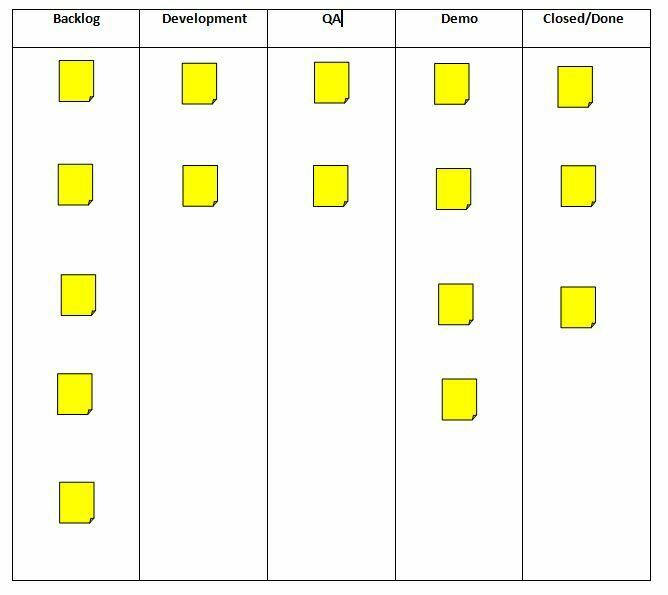Being an agile business analyst requires a versatile skill set that allows you to move quickly and remain adaptive in any situation. From understanding how different departments within a business works to using various tools for enhancing data visualization, having the right skills will make you an indispensable asset for any organization. Learn the nine must-have skills for becoming an agile business analyst.
1. Analytical and Critical Thinking.
The ability to think analytically and critically is one of the most valuable skills for an agile business analyst. You must be able to solve problems, recognize patterns, and eliminate errors quickly with minimal distractions. Being capable of summarizing complex data into meaningful spreads that can drive decision-making among stakeholders is also a core aspect of the job.
2. Communication and People Skills.
A key ingredient to becoming a successful business analyst is having strong communication and people skills. Being able to explain complex problems in layman terms and communicate with stakeholders of different backgrounds is essential. As an agile business analyst, you must be able to collaborate with team members and create solutions that benefit everyone involved. Additionally, your attention to detail when it comes to note taking during meetings will also be beneficial.
3. Business Analysis Tools and Techniques Knowledge.
As a business analyst, understanding the right tools and techniques is paramount to success in an agile environment. The ability to accurately collect data, review them and make informed suggestions is just one part of the job. Other aspects include being able to understand different analysis techniques as well as knowing when it’s time to move on from traditional methods into more advanced systems like predictive analytics or machine learning. With these skills and knowledge under your belt, you will be an invaluable asset to any project team.
4. Change Management Skills.
Change is always a constant feature in every business, which means that as a business analyst, you must have the skills necessary to manage and communicate changes to the rest of your team. By embracing change management, you can provide the freedom for the whole organization to properly evaluate potential opportunities and threats before taking action. This is especially important when dealing with new technologies or regulations, as it gives everyone involved an understanding of how they are affected by any changes that may occur.
5. Technical Writing Abilities.
As a business analyst, technical writing abilities are essential for success in the role. You may be required to produce documents such as user stories, specifications, process definitions or training material. Your audience could be from non-technical backgrounds but you will still need to convey complex concepts in a clear and concise manner. Practicing various forms of effective communication is one way that agile business analysts can hone their technical writing skills to better communicate changes within an organization.
1. What is an agile business analyst?
Agile business analysts are essential to any organization that is looking to move fast, be responsive, and be adaptive. They work collaboratively with other team members to help visualize business problems, create solutions, and track progress. They use agile development methodologies such as Scrum and Kanban to nurture communication and collaboration within a team.
2. What skills are needed to be a successful agile business analyst?
- Strong mathematical skills
- Knowledge of computer science concepts
- Understanding process and visualization tools
- Ability to work independently and as part of a team
3. Do agile methodology and tools help business analysts be more effective and efficient in their work?
Agile methodology and tools can help business analysts be more effective and efficient in their work. The goal of using agile methods is to improve communication, collaboration, and velocity; all of which can lead to a better understanding of the business.
When using agile methods, it is important for business analysts to understand that they are changing the way they work. They need to be prepared to shift their focus from preconceived notions about the system to actual datamining. There is no one correct way to do business analysis— agility allows analysts to experiment and try different ways of working until they find what is most effective for them.
The use of agile tools can also help analysts be more efficient. These tools allow them to create diagrams, stories, and test suites quickly and easily. This enables analysts to move faster through the stages of the process and get insights into the system that would take other people longer to find.
Ultimately, using agile methods and tools help business analysts be more effective in their work by improving communication, collaboration, and velocity. It allows them to modify their approach based on what they are actually seeing in the data.
4. How can agile performance indicators help when measuring the effectiveness of an agile process?
Agile performance indicators are essential when measuring the effectiveness of an agile process. These indicators help track key performance indicators including project velocity, risk, and cost. By monitoring these factors, managers can adjust their agile process to improve performance.
A properly designed agile process should have a balance between risk and velocity. If risk is high, the team may need more time to complete the project. However, if velocity is too low, the project may not be satisfying for users or stakeholders. Agile performance indicators help managers verify whether they are hitting this ideal balance.
One way to measure risk is with the Critical Path Method (CPM). The CPM is a graphical representation of all tasks that need to be completed in order for a project to reach its goal. The wider the purple line on the chart becomes, the higher the level of risk associated with that task. Risk can also be measured by estimating how much time will be required for each task on the project and ranking them from least time consuming to most time consuming. This information can help identify which tasks should receive priority during an agile process – those with lower risks and high velocities.
Another way to measure speed is by using Productivity Points (PPs). PPs show whether a certain task takes more than a set number of hours to complete or not. This information can be used to create a Gantt Chart, which displays all tasks ranked according to their progress towards DONE status (done). The urgency of each task can then be determined by looking at how close it is to being done as well as its position on the Gantt Chart. This information can help prioritize which tasks should receive additional attention during an agile process.
Overall, agile performance indicators help managers measure how effective their agile process is while remaining faithful to stakeholder needs and meeting deadlines.
Below articles also will help you to understand about Agile.

Business Analyst , Functional Consultant, Provide Training on Business Analysis and SDLC Methodologies.










